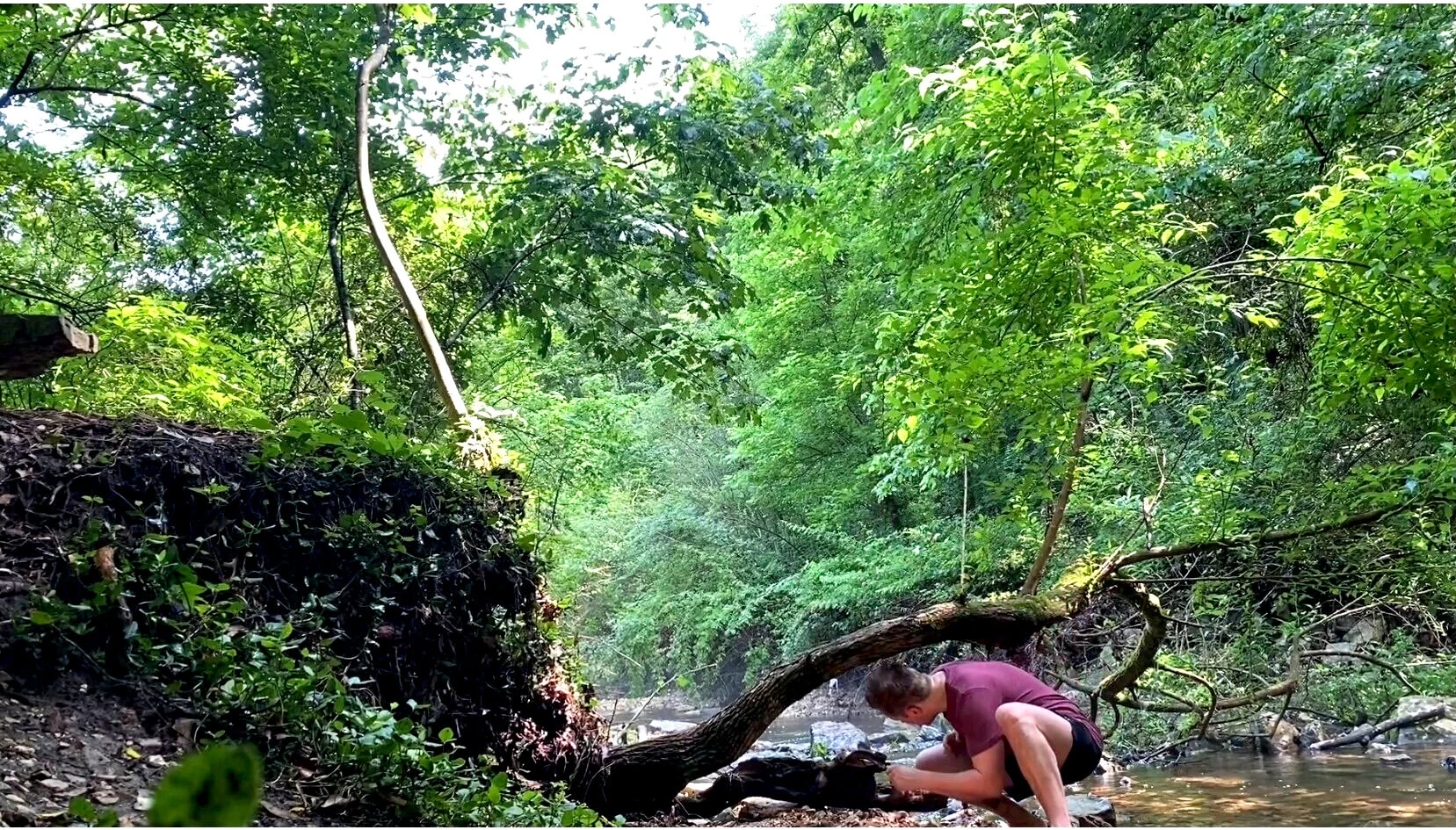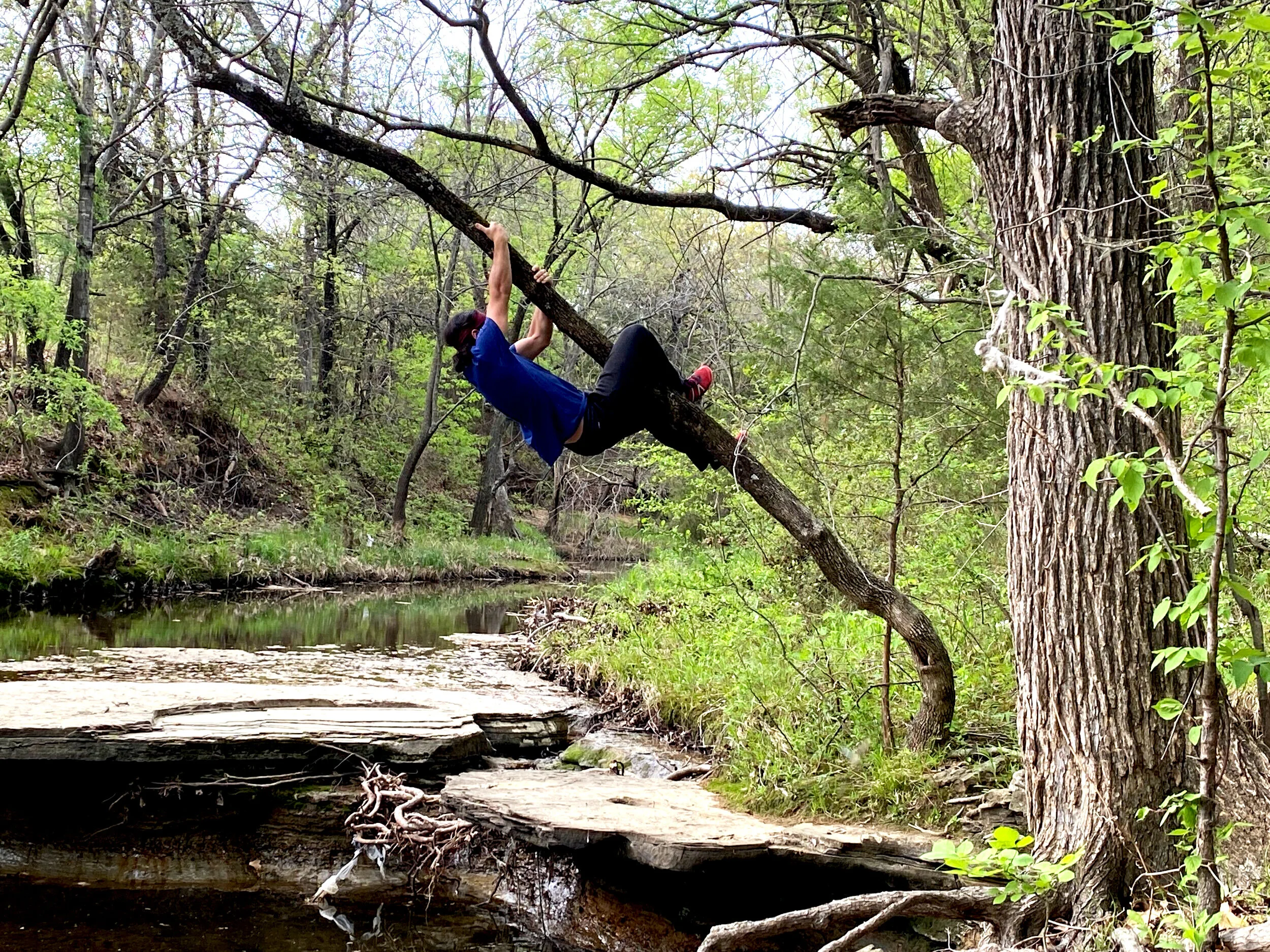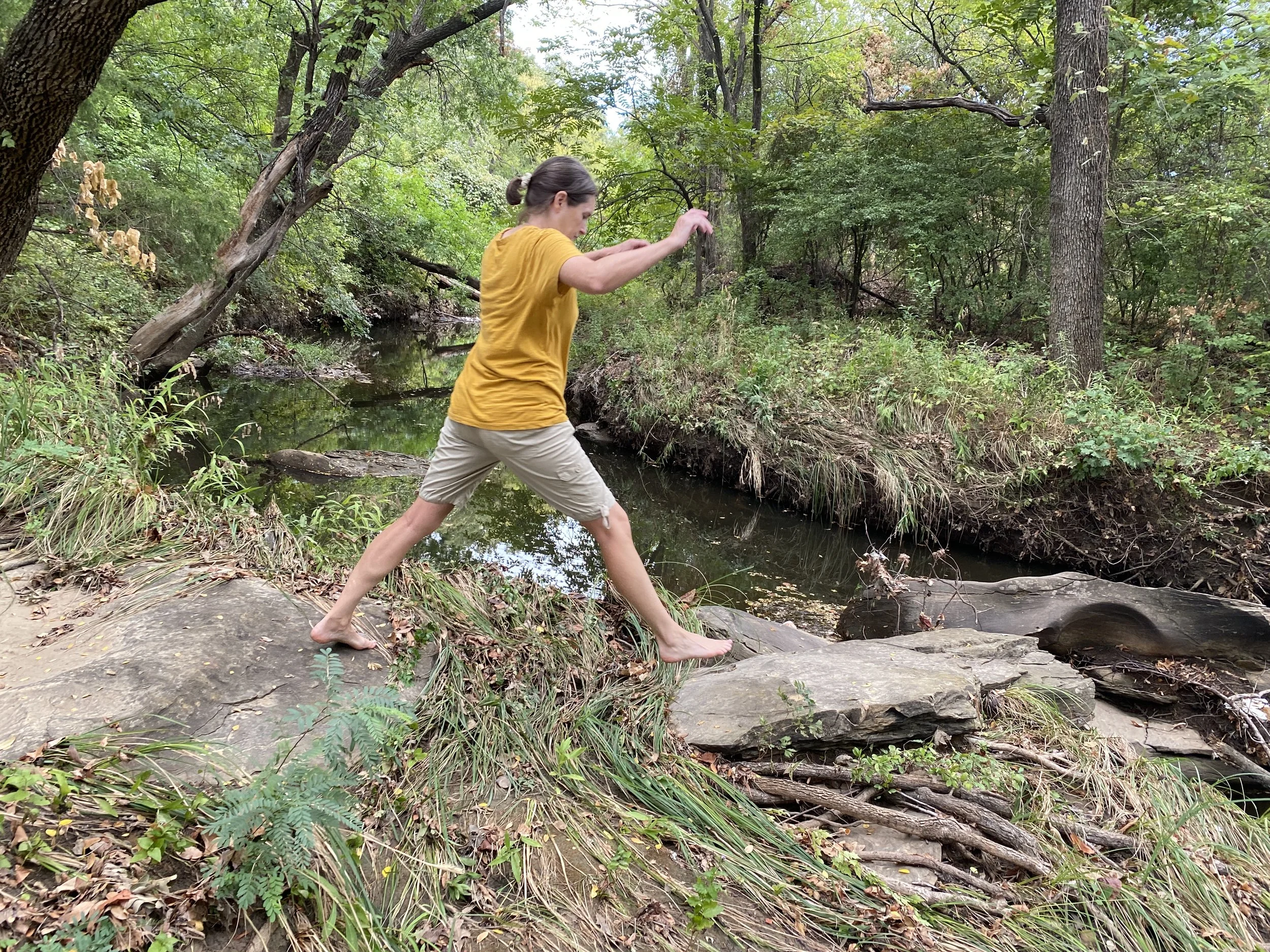What is natural movement training?
Natural movement training is an anthropological approach to physical education and motor learning. It’s about getting back to our roots- how we used to move long before the current technocratic age. It’s also about how we used to move before we stopped playing as children. Natural movement training is inherently playful and ultimately very practical. Natural movement training will grow and refine your movement repertoire.
“…make the impossible possible, the possible easy, and the easy elegant”
If you lived as recently as a couple hundred years ago your movement repertoire would probably be much more diverse just because of your “natural” lifestyle. Every day you would have spent liberal amounts of time sitting and moving on the ground. Your day might have included various types of squatting, bending or kneeling- maybe to get a closer look at something , to get under objects or to rest or engage in essential biological processes like pooping. Every day you would be walking on varied and sometimes rugged surfaces or balancing on narrow surfaces like a log used as a bridge across a river or gully. Occasionally, when timing was of the essence, you would need to walk faster or increase your speed by running. Playful movements like jumping, as in over a stream, would not have been used just for games. Daily, you would have had loads of opportunities to expand and grow your movement repertoire as you practiced vaulting, to get up and over impediments, lifting, carrying, climbing, running, throwing, swimming. Your normal day would include quadrupedal movement or crawling- an extremely useful movement which would not have been a rusty artifact from skills you practiced as a child. Breathing, also a valuable movement skill, would not have been trained out of you by an over-stressed air-hungry tech-forward society. Modern footwear would not have inhibited your sense of the ground and hampered your agility. You would have been comfortable with barefoot activity. From your childhood on, rough and tumble play, fighting or combative movements would not have been discouraged, leaving those movements safe in your repertoire for use in emergencies or games. When you weren’t working or playing you would have enjoyed rest and spent time in supine or seated reverie.
Natural movement training reconnects you with all these helpful movements and skills:
Breathing (Breathwork, Breathhold Work)
Crawling (Quadrupedal Work)
Rolling
Walking
Balancing
Running
Jumping
Vaulting
Lifting
Carrying
Climbing
Throwing
Swimming
Rough and Tumble Play (Fighting, Combative movement)
Rest and Reverie
Natural movement training includes the idea of training to be helpful. Moving well, in nature, includes managing, caring for and being helpful to your environment and your fellow humans. It is highly cooperative. Natural movement training is done both inside and outside. When we train outside you are invited to examine the beauty around you; squatting to look at a beetle or mushroom or hinging to peek inside a hollow. Outside natural movement training also includes an awareness of and thankfulness for the microbial benefits provided to us by trees, plants, grass, streams, moss, soil, et cetera. During a natural movement training class or session you are invited to rest, especially after more intense play. Time is taken for reverie- lying on the ground and getting lost in watching the gentle movement of leaves or the slow drift of clouds; quieting your mind as you watch the ripples and eddies around rocks in a creek. The training is sensorial. You will be cued to experience sensations within your body and to notice what you sense outside yourself. Identifying trees, distiguishing bird song and all manner of direct learning is strongly promoted.
The training is always playful. It is sytematic and progressive. You will bump into limits and be encouraged and train to surpass those limits. Their are a few methods designed to teach natural movement. You can read about the codification of natural movement training here. At Structural Elements we are certified in the Movnat® method developed by Erwan Le Corre.
Will it be too easy or difficult for me?
Rumi said, "out beyond ideas of wrongdoing and rightdoing there is a field, I will meet you there." Our natural movement trainers work with students coming from every level of fitness. They begin their work with you by meeting you wherever you are. They are not interested in ideas about "right" movement or body shape.
Natural movement training is about helping you improve your motor control and growing your capacity. If getting up and walking across the room is difficult for you, then this training is for you. If you’ve done five triathlons and feel a need to be challenged, then this training is for you. Natural movement training is scalable and progressive.
What are The Results?
Of course, every body is different and results vary. Many students feel stronger and more stable after about a month of training. Your commitment to a regular movement practice and healthy eating plays a major role in your success. You will probably see your body change as you increase muscle size and engage in movements that require efficient blood flow and deeper breathing.
We commonly see an increased desire to move when clients make even small gains in stability. This is why early on in your training we will spend ample time working with your balance.
Increased awareness and enhanced interoceptive sensing (internal body sensations) also come as a result of regular natural movement training.



